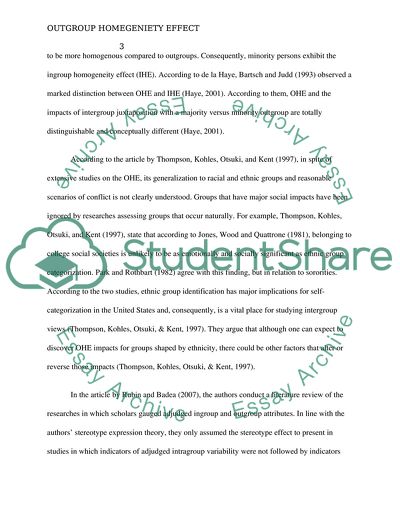Cite this document
(“Why Are Minority Individuals Hard to Finding a Job A Literature Review Research Paper”, n.d.)
Retrieved from https://studentshare.org/psychology/1670847-why-are-minority-individuals-hard-to-finding-a-job-a-literature-review-and-application-of-outgroup-homogeneity-effect
Retrieved from https://studentshare.org/psychology/1670847-why-are-minority-individuals-hard-to-finding-a-job-a-literature-review-and-application-of-outgroup-homogeneity-effect
(Why Are Minority Individuals Hard to Finding a Job A Literature Review Research Paper)
https://studentshare.org/psychology/1670847-why-are-minority-individuals-hard-to-finding-a-job-a-literature-review-and-application-of-outgroup-homogeneity-effect.
https://studentshare.org/psychology/1670847-why-are-minority-individuals-hard-to-finding-a-job-a-literature-review-and-application-of-outgroup-homogeneity-effect.
“Why Are Minority Individuals Hard to Finding a Job A Literature Review Research Paper”, n.d. https://studentshare.org/psychology/1670847-why-are-minority-individuals-hard-to-finding-a-job-a-literature-review-and-application-of-outgroup-homogeneity-effect.


